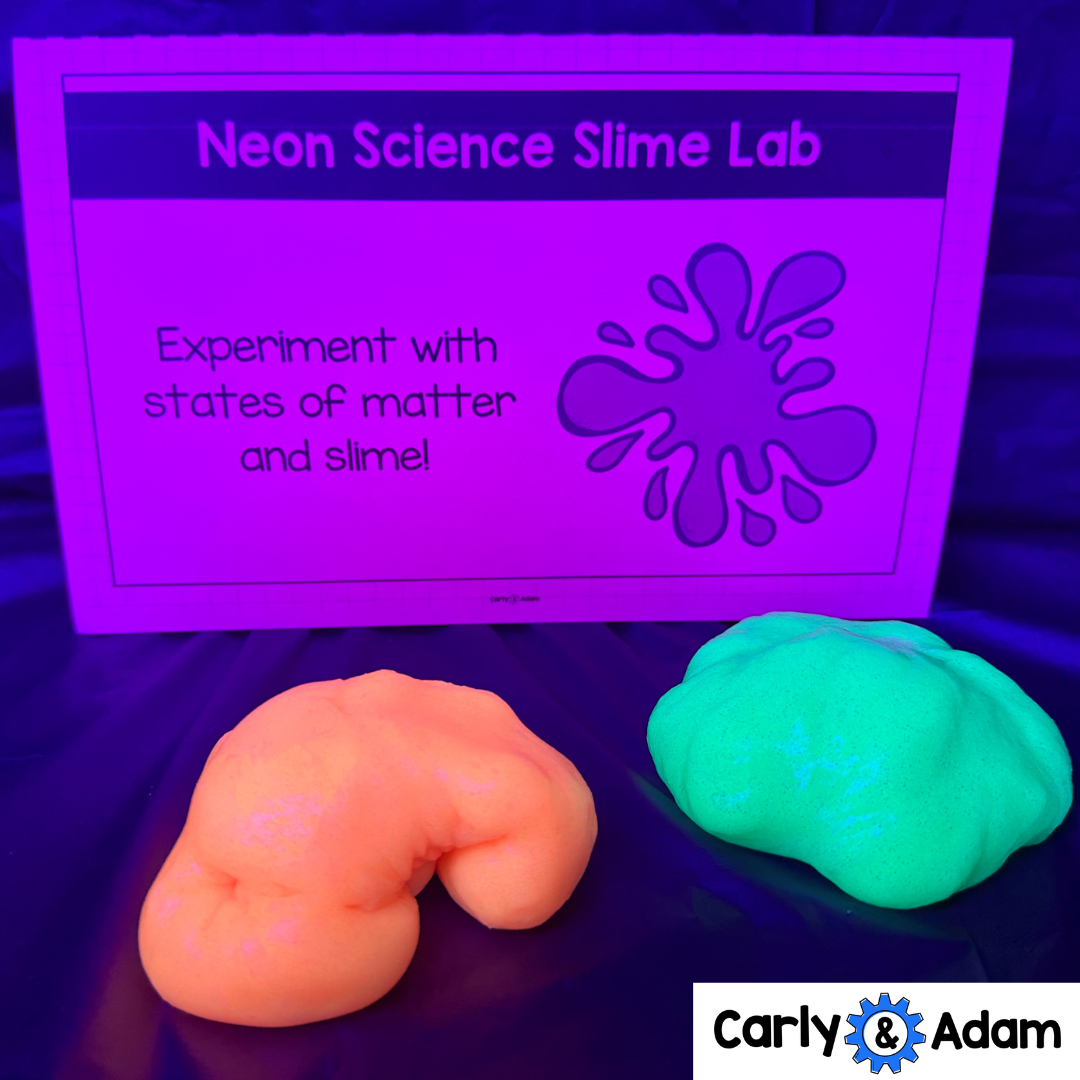How to Plan a Classroom Glow Day
What is a Glow Day?
Glow Day is an exciting event often organized in schools to bring a fun, educational twist to the regular classroom routine by incorporating activities that glow in the dark. This special day combines elements of science, art, technology, engineering, and mathematics (STEM), creating an illuminating experience that captivates students’ imaginations and enhances their learning through visually engaging and hands-on activities.
How Do You Plan a Classroom Glow Day?
Planning a Glow Day requires some creativity and organization. Here's how you can make your classroom sparkle:
1. Set a Date and Inform Stakeholders
Choose a day that fits well into your school schedule. Inform students, parents, and other teachers of the event well in advance. A letter to parents detailing the event's purpose and any necessary preparations can be helpful including what to wear.
What Do You Wear on Glow Day at School?
Encourage students and teachers to wear white or neon clothes. These colors reflect black light most effectively and will glow brightly in the classroom setting, adding to the excitement and immersive experience of Glow Day. You can also suggest accessories like neon headbands, glasses, or even glow-in-the-dark face paint to make the day extra special.
2. Organize Activities
What Activities Should I Plan for a Classroom Glow Day?
Plan various activities that will allow students to explore different concepts. Glow Day is a great time to explore bioluminescence as well as circuits and electricity.
Here is a list of 12 Glow Day station ideas that are sure to engage students without breaking the bank!
Students use binary coding to create glow-in-the-dark bracelets using pipe cleaners, black pony beads and glow-in-the-dark pony beads.
Here, creativity shines as students use highlighters on special printables to create glowing art.
Utilize neon hashtag blocks for building structures that meet designated challenges.
Students navigate a robot through a maze they create with glow sticks.
A bowling alley setup where students try to knock down pins that are glowing, adding up their points as they go.
Explore bioluminescence by learning about and building bioluminescent organisms.
Experiment with chemistry and states of matter by making glow-in-the-dark slime or oobleck.
Challenge students to construct models of constellations using glow-in-the-dark stars and Wikki Stix or pipe cleaners.
Students solve math puzzles that reveal glowing pictures when completed correctly, combining art with mathematics.
Invite students to use glow sticks as nonstandard units of measurement, recording the lengths and dimensions of various objects.
Challenge students to use conductive play dough and simple electrical components to create and illuminate circuits.
Teach students about telling time by having them manipulate glowing clock hands to match specific times on cards.
3. Prepare Materials
What Materials are Used for Glow Day at School?
Collect all the necessary materials for each activity. Common items might include glow sticks, black lights, neon play dough, and highlighters. It’s a good idea to check the functionality of all equipment and materials beforehand. You can find a complete material list for each activity in our Glow Day STEM Centers.
Glow Day Material List:
Glow Sticks (Large and Small)
Black Lights
Highlighters (Various Colors)
Neon Colored Consumable Materials (Paper, Pipe Cleaners, Wikki Stix)
Neon Play Dough
Glow in the Dark Stars
Glow in the Dark Beads and Black Beads
Neon Softball
Water Bottles
Neon Hashtag Blocks
4. Setup the Environment
Transform your classroom to enhance the glowing effects. Use black plastic tablecloths or butcher paper to cover windows and walls, and set up black lights strategically to maximize the luminosity of the glow-in-the-dark materials.
Want to learn more about each of these centers? Check out this blog post.
STEM Glow Day is not just an educational day; it's a celebration of science, technology, engineering, and math. With the right preparation and activities, you can turn this into an unforgettable learning experience that students will talk about long after the lights go back on. Remember, the key is to light up their imaginations and inspire a lifelong passion for STEM subjects.
Ready to Plan your Classroom Glow Day?!
We hope these ideas helped get you started with planning your classroom glow day. Looking for more support with planning your Glow Day? Grab our Glow Day STEM Centers resource! This resource includes all of the centers mentioned in this post as well as material lists, and step by step instructions to help you create an unforgettable Glow Day experience for your students!
Have more questions or need additional resources?
You can get all 500+ STEM Challenges by Carly and Adam as part of the STEM Teachers Club Membership. Save $5 on your first month using coupon Code: CarlyAndAdamBlog.
We hope you have found this blog post helpful. To stay connected with Carly and Adam's teaching tips and classroom freebies be sure to follow us on Facebook, Pinterest, Teachers Pay Teachers, and subscribe to our blog!


















